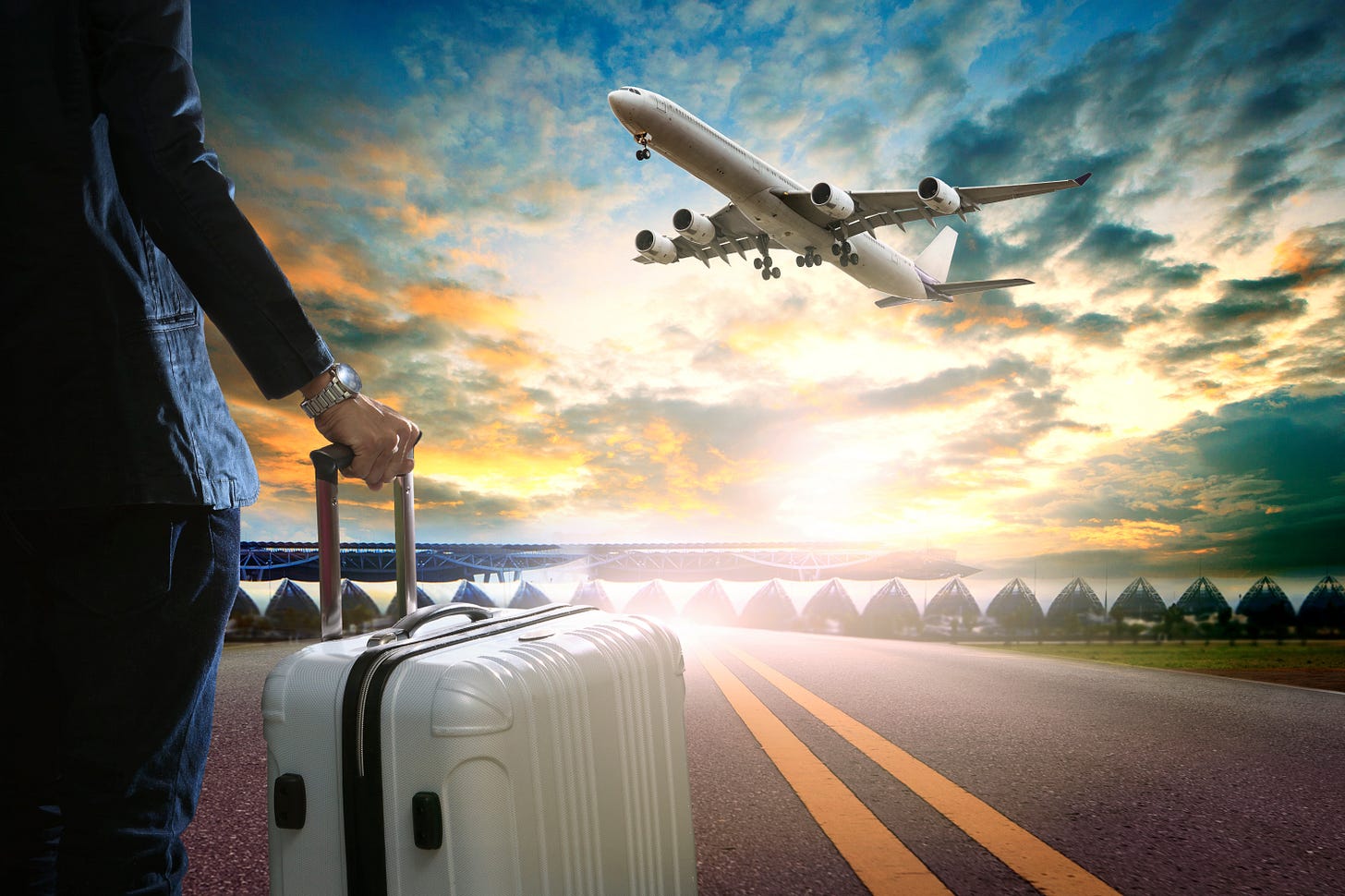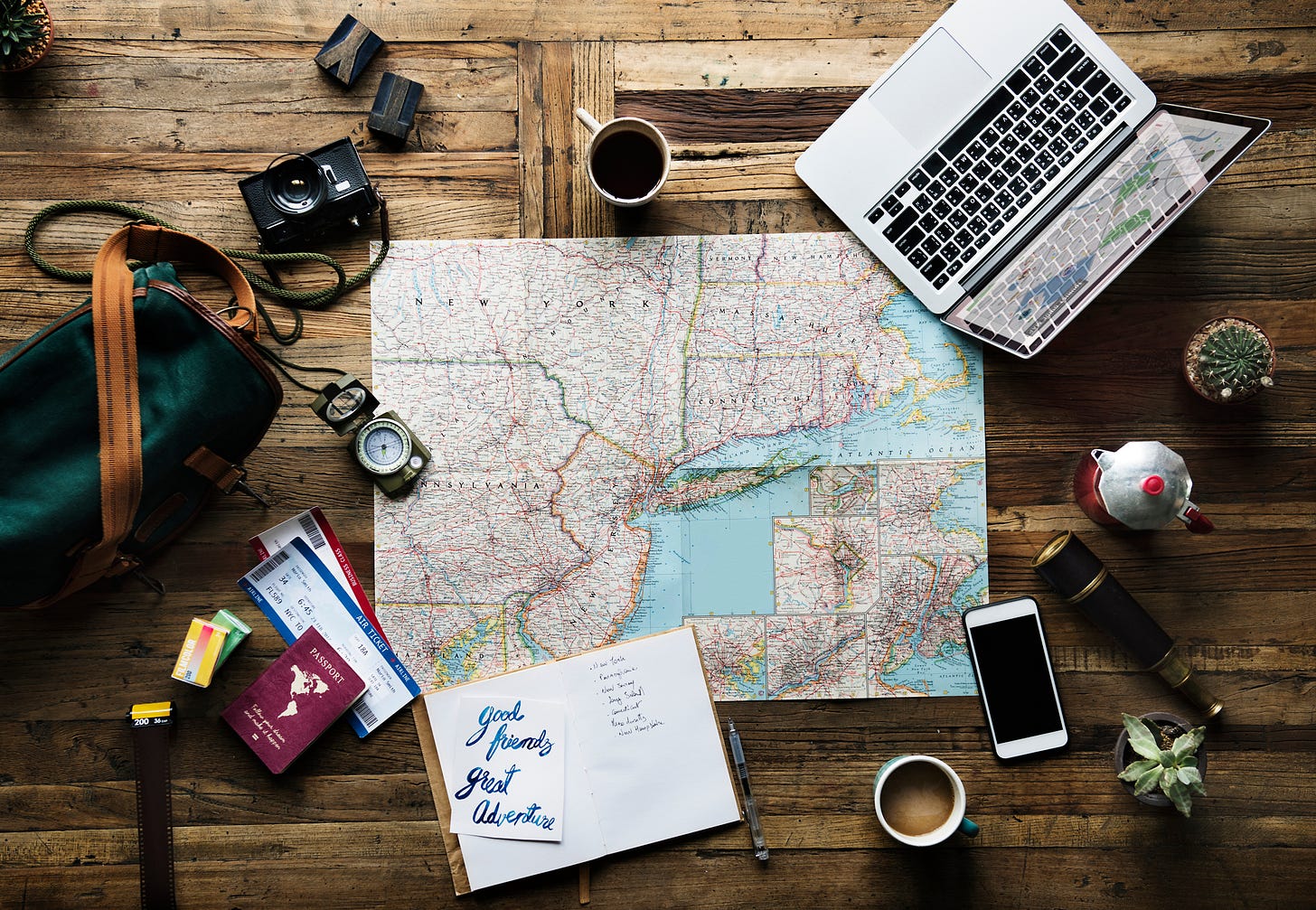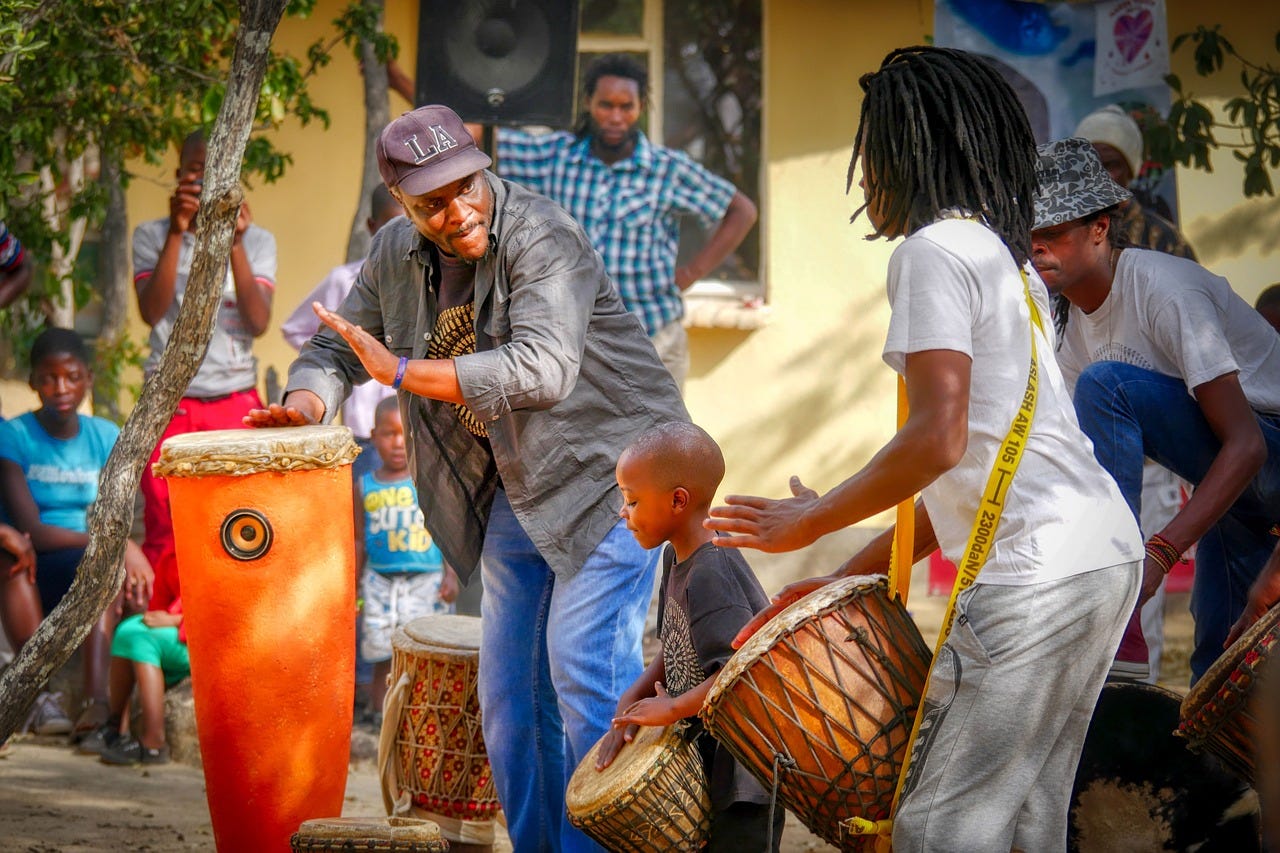Navigating Risks for Older Travelers: Tips to Ensure Safe and Enjoyable Journeys
The world of travel has transformed in recent years, with a surge in older adults aged 50 and above embarking on global adventures. While this trend reflects the desire for exploration and enrichment, it also highlights a range of potential risks that need to be considered.
Traveling later in life offers numerous rewards, but it's essential to acknowledge and address the challenges that can arise, including health concerns, safety issues, and unexpected disruptions. In this post, we will examine some of these risks and provide actionable insights to incorporate into the travel planning process and ensure that older travelers can enjoy seamless and fulfilling journeys.
1. Health Considerations
Traveling with pre-existing medical conditions demands careful preparation. As a result, consulting with your healthcare provider before embarking on a journey is not only pragmatic but essential. Doing so provides an opportunity for you to discuss any necessary precautions, adjustments to medications, and potential health risks associated with the destination with your physician and any other necessary specialists.
Vaccinations and Health Screenings: Research the required vaccinations and health screenings for your chosen destination well in advance. Ensure you are up-to-date on routine vaccinations and consider any additional shots necessary for specific regions.
Medication Management: Pack an ample supply of your medications, along with prescriptions and a doctor's note, if needed. Organize medications in a pill case and carry a small first aid kit containing essentials like pain relievers, bandages, and antiseptics.
Access to Medical Care Abroad: Reach out to your insurance provider about coverage options, particularly if you’re traveling internationally. Research medical facilities and pharmacies at your destination. Consider purchasing travel insurance that covers medical emergencies to alleviate concerns about expenses and arrangements in unfamiliar places.
2. Safety Precautions
Safety should always be a top priority for any traveler, regardless of age. Take the following measures to ensure your well-being while exploring new territories.
Destination Research: Familiarize yourself with your chosen destination's local customs, laws, and potential safety risks. Stay informed about areas that are best avoided and understand the local emergency numbers.
Accommodation Selection: Opt for well-reviewed and reputable accommodations that prioritize security. Check reviews from fellow travelers and consider staying in areas known for their safety.
Transportation Safety: Choose reputable transportation options, such as licensed taxi services and established tour companies. Follow seatbelt and safety guidelines, and avoid traveling at night in unfamiliar areas.
Personal Security: Use anti-theft bags to safeguard your belongings, and consider wearing a money belt. Make sure that your wallet, passport holders, and other bags where you might carry valuables are RFID protected to avoid scanning of your personal data. Be cautious when sharing personal information, and avoid displaying conspicuous signs of wealth.
3. Contingency Planning
Unforeseen disruptions can occur during any trip. Mitigate their impact by implementing these precautionary measures.
Travel Insurance: Invest in comprehensive travel insurance that covers trip cancellations, medical emergencies, and lost belongings. Read the policy thoroughly and ensure it caters to your specific needs.
Itinerary Flexibility: Keep your schedule flexible to accommodate unexpected delays or changes. Avoid overly packed itineraries to allow for relaxation and spontaneous exploration.
Digital Copies of Important Documents: Scan and store digital copies of your passport, visas, insurance policies, and other important documents in a secure cloud storage service. This ensures access to essential information even if physical copies are lost.
Emergency Contacts: Share your travel itinerary and contact details with several trusted friends or family members. Keep a list of local emergency contacts and embassy details readily accessible.
4. Physical Comfort and Accessibility
Maintain comfort and ease during your journey by considering your physical needs and accessibility requirements.
Choosing Suitable Activities: Select activities that align with your physical capabilities and interests. Engage in activities like walking tours, cooking classes, and cultural experiences that accommodate various fitness levels.
Accommodation Accessibility: Prioritize accommodations that offer accessibility features such as ramps, elevators, and rooms equipped with grab bars and other aids.
Transportation Arrangements: Investigate transportation options that offer accessible facilities. If you require assistance, inform airlines or train companies in advance to ensure a smooth travel experience.
Packing Wisely: Pack comfortable and weather-appropriate clothing, along with any mobility aids or special equipment you might need. Consider portable items such as a collapsible walking stick or a lightweight travel wheelchair.
5. Cultural Sensitivity and Adaptability
Immerse yourself in the local culture while remaining respectful and adaptable to new environments.
Understanding Local Customs: Research cultural norms, etiquette, and taboos to avoid inadvertently offending locals. Dress appropriately, and learn basic phrases in the local language to enhance interactions.
Dietary Restrictions: If you have dietary restrictions, research local cuisine and communicate your needs to restaurant staff. Carry non-perishable snacks that align with your dietary requirements.
Adapting to Climate Changes: Be prepared for varying climates by packing appropriate clothing and accessories. Stay hydrated and protect yourself from extreme weather conditions.
Language Barriers: Download translation apps or carry a pocket-sized phrasebook to bridge communication gaps. Learning a few basic phrases can greatly enhance your interactions and overall experience.
6. Social Engagement and Connection
Engaging with others and staying connected can greatly enhance your travel experience.
Group Travel vs. Solo Travel: Decide whether you prefer traveling alone or as part of a group. Group travel offers companionship and built-in support, while solo travel allows for greater flexibility and self-discovery.
Utilizing Technology for Connectivity: Stay connected with loved ones using video calls, messaging apps, and social media platforms. Share your journey in real time and receive encouragement and support.
Engaging with Locals and Fellow Travelers: Participate in group activities, attend local events, and converse with locals and fellow travelers. These interactions can lead to meaningful connections and enriching experiences.
Balancing Exploration with Rest: Pace yourself by alternating between active exploration and periods of rest. Prioritize relaxation to prevent travel fatigue and maintain your energy throughout the journey.
Older adults embarking on journeys around the world can potentially face a diverse array of risks. They can range from health concerns to safety considerations and unexpected disruptions. However, by thoroughly researching and planning for these potential challenges, older travelers can enjoy enriching and fulfilling adventures. The key is to prioritize health, safety, and well-being throughout the planning process, while also embracing the joys of exploration and cultural immersion. By implementing some of these strategies and tips, older travelers can embark on memorable journeys that are both safe and satisfying.











